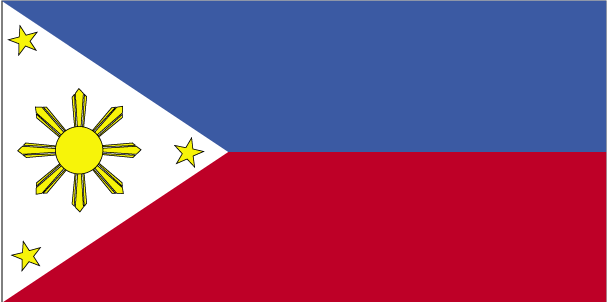Ukraine United States Argentina Russia Germany France India Brazil Turkey Spain Canada Japan Italy Mexico Peru Vietnam Portugal Colombia Venezuela Singapore Pakistan Netherlands Iran Indonesia Romania United Kingdom South Korea Thailand Poland Morocco Chile Bulgaria Czech Republic Uruguay Greece Ecuador Hungary Malaysia Algeria Egypt Serbia Bangladesh Lithuania Philippines North Macedonia Taiwan Belarus Australia Dominican Republic China Switzerland Israel Kazakhstan Sri Lanka Belgium Ireland Moldova Saudi Arabia Croatia Bolivia Cambodia Georgia Tunisia Finland Latvia Hong Kong Guatemala Sweden Austria Nigeria Slovakia Costa Rica Albania United Arab Emirates El Salvador Paraguay Panama South Africa Armenia Bosnia and Herzegovina Azerbaijan Denmark Cyprus Slovenia New Zealand Jordan Palestinian Territory Sudan Honduras Uganda Nepal Norway Jamaica Estonia Qatar Madagascar Zimbabwe Eswatini Maldives Tanzania Isle of Man Lebanon Kyrgyzstan Luxembourg Rwanda Botswana Uzbekistan Bhutan Nicaragua Kenya Puerto Rico Guinea Bahrain Iraq Namibia Timor-Leste Lesotho Ghana Somalia Liberia Cote D'Ivoire Yemen Myanmar Angola Laos Monaco Chad Burundi Oman U.S. Virgin Islands Cameroon Kuwait Brunei Darussalam Mongolia Democratic Republic of the Congo Malawi Benin Mozambique South Sudan Zambia Republic of the Congo Trinidad and Tobago Mauritius Bahamas Montenegro Papua New Guinea Reunion Mali Guyana Seychelles Malta Samoa Cuba Equatorial Guinea Haiti Togo French Southern and Antarctic Lands Solomon Islands Sierra Leone Central African Republic Macao Burkina Faso San Marino Saint Vincent and the Grenadines Andorra Afghanistan Guadeloupe Syria Grenada Senegal Niger Guam Tajikistan Ethiopia Barbados Libya Belize Iceland Sint Maarten Saint Martin French Polynesia Gambia Caribbean Netherlands Guernsey Saint Helena Gabon Suriname Djibouti Faroe Islands Curacao Vanuatu Antigua and Barbuda Fiji Turkmenistan Aland Islands New Caledonia Saint Lucia Saint Pierre and Miquelon Kosovo Cabo Verde Dominica Bermuda Guinea-Bissau Liechtenstein American Samoa Martinique French Guiana Kiribati Mauritania Gibraltar British Virgin Islands Christmas Island Aruba Mayotte Saint Kitts and Nevis Turks and Caicos Islands Greenland Montserrat Jersey Wallis and Futuna Cayman Islands Anguilla Nauru Norfolk Island Tuvalu Sao Tome and Principe Comoros Niue Northern Mariana Islands Cook Islands Vatican City Eritrea Palau Marshall Islands Pitcairn Islands Svalbard Tonga Cocos (Keeling) Islands Tokelau British Indian Ocean Territory North Korea Micronesia Bouvet Island Falkland Islands Antarctica Saint Barthelemy Western Sahara Philippines Flag Meaning & Details 1,852 VISITORS FROM HERE! Philippines Flag Flag Information two equal horizontal bands of blue (top) and red a white equilateral triangle is based on the hoist side the center of the triangle displays a yellow sun with eight primary rays each corner of the triangle contains a small, yellow, five-pointed star blue stands for peace and justice, red symbolizes courage, the white equal-sided triangle represents equality the rays recall the first eight provinces that sought independence from Spain, while the stars represent the three major geographical divisions of the country: Luzon, Visayas, and Mindanao the design of the flag dates to 1897 note: in wartime the flag is flown upside down with the red band at the top
Learn more about Philippines » CIA - The World Factbook
 Previous Country | Next Country
Previous Country | Next Country  » Back to Flag Counter Overview
» Back to Flag Counter Overview
 Previous Country | Next Country
Previous Country | Next Country  » Back to Flag Counter Overview
» Back to Flag Counter Overview